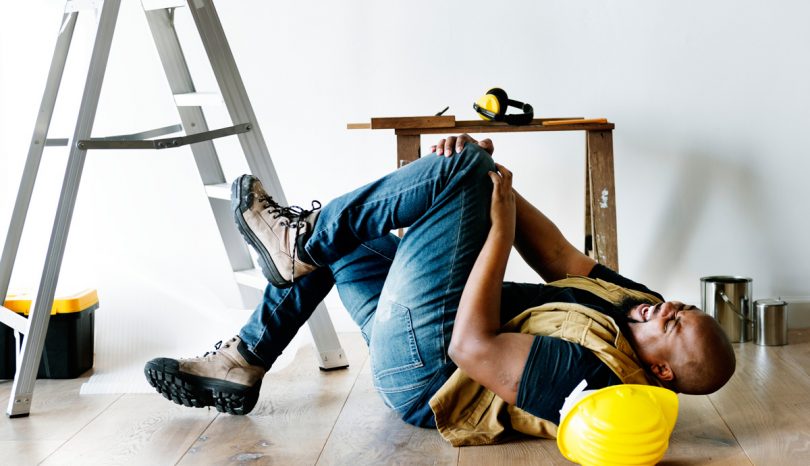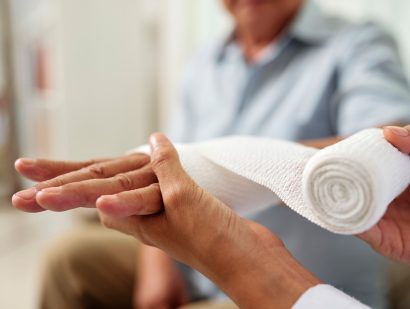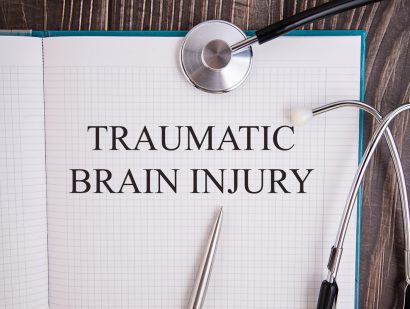- Find A Medical Provider
- Auto Injuries
- Common Injuries
- Medical/Pharmaceutical
- Types of Medical Injuries
- Malpractice Injuries
- Drug and Medical Device Injuries
- Drugs and Devices Linked to Cancer
- Opioid Addiction
- Drugs and Devices Known to Cause Injury
- 3M Combat Arms Earplugs – Hearing Loss
- Accutane
- Aciphex
- Actonel
- Actos
- Adderall and Ritalin
- Advair
- Aldara (Imiquimod)
- Alli
- Ambien
- Amiodarone
- Anzemet
- Aptivus
- Aranesp
- Arava
- Atorvastatin
- Avandia
- Benicar
- Birth Control Medication
- Blood Thinners
- Essure
- Fosamax (Alendronate Sodium)
- Gadolinium-Based MRI Contrast Agents
- Granuflo
- Hernia or Surgical Mesh Injuries
- Hydroxycut
- Inferior Vena Cava Filters
- Invokana Toe and Foot Amputations
- Ketek
- Levaquin
- Lipitor
- Mirapex
- Neurontin
- Onglyza
- Over-the-Counter Medications
- OxyContin
- Paxil
- Power Morcellators
- Pradaxa
- Propecia
- Reglan
- Talc Powder
- Trasylol
- Valsartan
- Viagra
- Xolair
- Zelnorm
- Zoloft
- Work Injuries
- Sports Injuries
- Marketing Services
- Blog
List your practice on InjuredCare | Log in / Sign up
Slip, Trip and Fall Injuries

Each year, millions of Americans are injured on the job, and the injury requires workers to miss at least one day of work. In 2014, injuries from slips, trips, and falls resulted in 247,120 cases involving days away from work and 818 worker deaths, according to the 2017 edition of "Injury Facts," a National Safety Council chartbook.
Slip, trip, and fall injuries, refer to any injury that occurs when a person falls on another person's property, such as at the workplace — regardless of whether the person actually slipped. A common slip-and-fall case would be when a person trips on an uneven floor or step because of poor lighting. A true "slip" is likely to occur because of a wet or slick floor.
The most common types of injuries in slip, trip, and fall cases are head trauma and broken or sprained ankles, arms, wrists, or hands. According to the US Bureau of Labor Statistics, such injuries account for nearly 40 percent of workplace injuries. Other types of injuries caused by slip-and-falls include fractures, cuts and lacerations, bruises and contusions, and general pain and soreness.
How to Avoid Being Injured
Workers must be able to recognize hazards and take precautions to avoid slips, trips, and falls when at work. Spills should be cleaned up immediately; if that is not possible, request that "wet floor" warning signs be positioned at the site of a spill for workers and visitors to clearly see. Keep your workplace environment clean—keep walkways, hallways, and areas around desks free of clutter, debris, and obstacles. Also, keep filing cabinets and desk drawers shut when not in use, and cover cables or cords in walkways. Reposition ladders as needed for safety, use handrails on stairs, and make wide turns when walking around corners. Be careful when walking in parking lots and grassy areas and when surfaces are wet, icy, or snowy. Watch out for mats on the floor at entrances and/or placed elsewhere to absorb moisture. Areas such as hallways, staircases, and basements may have lightning that is suboptimal, impairing vision. Always wear comfortable, properly fitting shoes.
What to Do If You Fall
According to the Bureau of Labor Statistics, slips, trips and falls accounted for 16.3% of all fatal occupational injuries in 2016. If you fall and hit your head, you should be examined by a medical provider immediately regardless of whether you are experiencing symptoms. In the case of a closed-head injury, you may not experience any outer physical evidence of trauma, so a medical professional will likely recommend a diagnostic imaging test such as magnetic resonance imaging (MRI) or computed tomography (CT) scanning. Some symptoms of mild head injury include a brief loss of consciousness, headache, blurred vision, or nausea and vomiting. More serious symptoms include a prolonged loss of consciousness, slurred speech, or seizures.
Broken bones and sprains are commonly associated with slip-and-fall cases. The medical professional must examine the injury to determine you have a sprain, strain, or fracture. Often, the best treatment is to ice the injury and elevate it to reduce swelling. Additionally, immobilization of the area is key to recovery. For more severe cases, surgery may be required. After the injury heals, a medical provider will often recommend physical therapy to help you regain full use of the injured area. Most of these injuries take at least a few weeks to heal.









